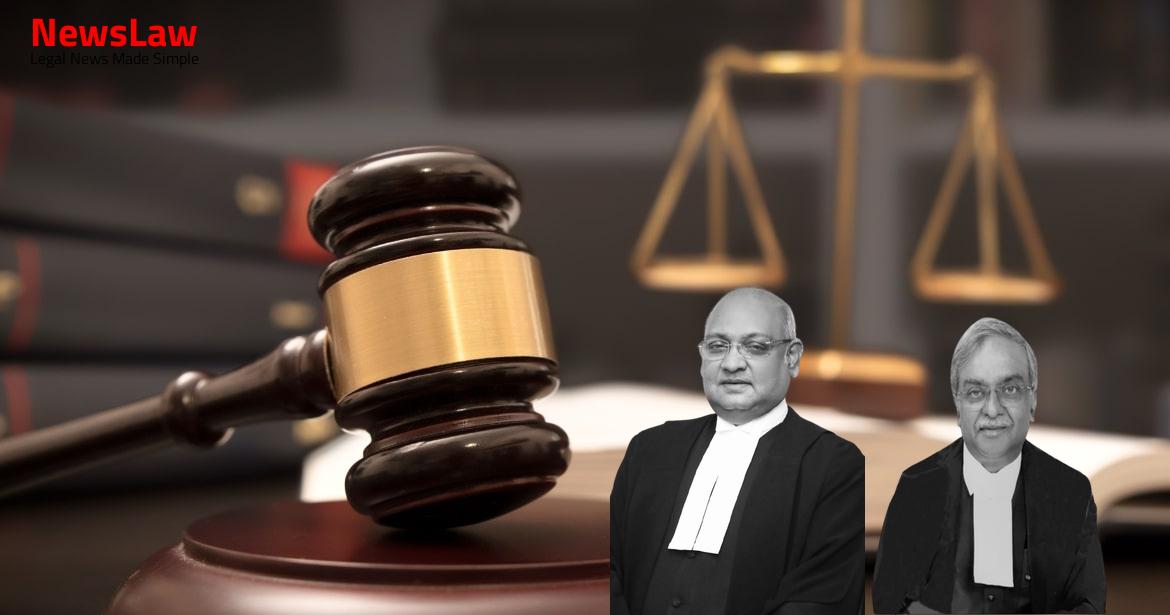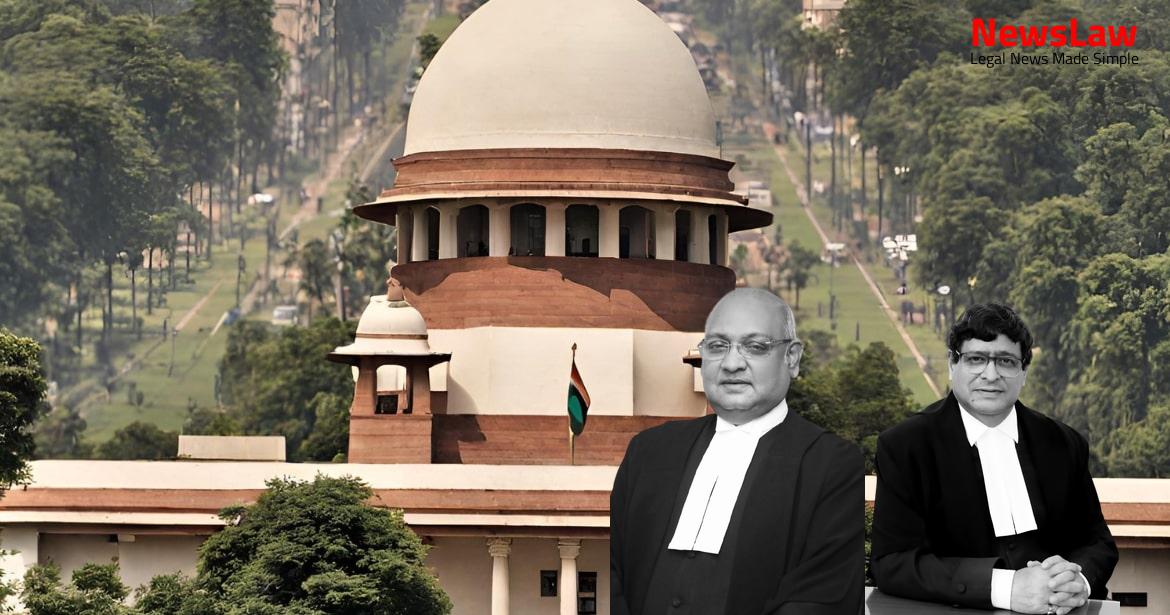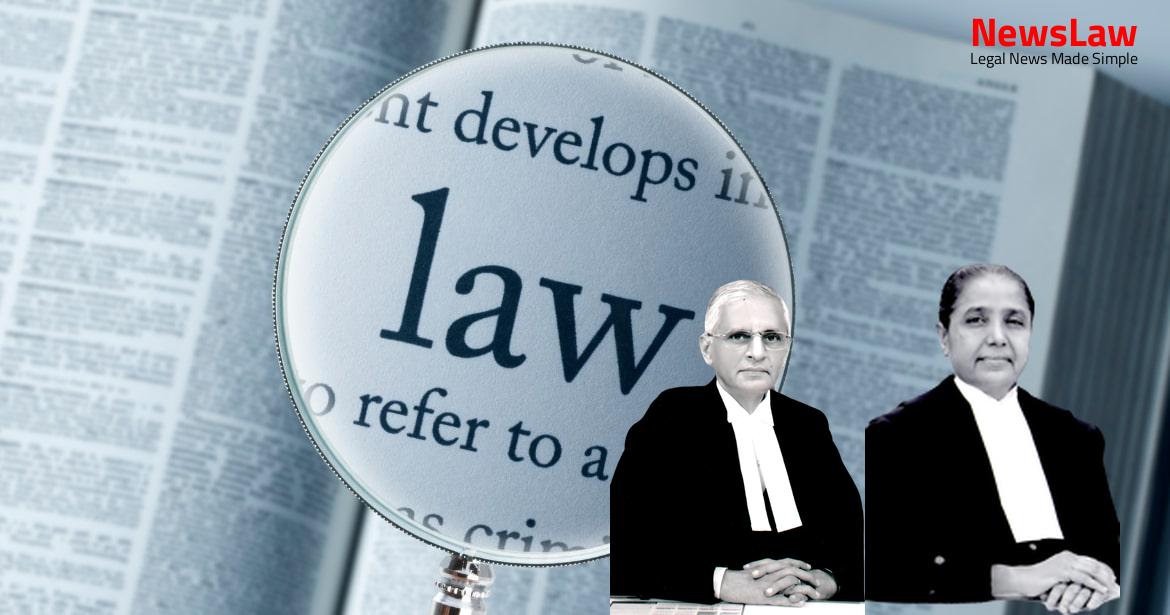Delve into a detailed legal analysis of a case where the Trial Court and High Court’s concurrent findings played a crucial role in upholding the appellant’s conviction. The Supreme Court’s stringent criteria for interference in such matters, focusing on serious errors and manifest illegality, are examined. Stay tuned to understand the nuances of legal proceedings and the significance of consistent judicial decisions.
Facts
- 12 injuries found on the body of the deceased, including penetrating wounds on lungs and liver.
- Appellant accused of having a love affair with the deceased and getting enraged when he saw her talking to another boy.
- Prosecution’s case based on appellant causing multiple injuries with a pointed knife, leading to the death of the deceased.
- Eye-witness PW-1 testified to seeing the appellant repeatedly causing injuries to the deceased.
- The weapon of offence, a 21 cm long blade knife, was recovered based on the appellant’s disclosure.
- Trial Court held prosecution substantiated charges and convicted the appellant.
- Trial Court awarded varying punishments including life imprisonment under Section 302 IPC.
- High Court found no reason to interfere with Trial Court’s findings and affirmed conviction.
- Amicus curiae argued lack of evidence for blood match on the knife and questioned witness credibility.
- Amicus curiae suggested involvement of more than one person due to excessive number of injuries on the deceased.
Also Read: Legal Analysis on Alleged Multiple Agreements in Property Sale Case
Arguments
- Learned counsel for the respondent-State supported the findings of the Trial Court.
- Learned counsel for the respondent-State supported the findings of the High Court.
Also Read: Ensuring Maintenance Rights: Court’s Legal Analysis
Analysis
- Concurrent findings of fact based on pure appreciation of evidence will not be interfered with by this Court.
- This appeal does not involve reappreciation of evidence or taking a different view from the Trial Court and High Court.
- No misreading of evidence or error of law or procedure has been pointed out.
- The case does not exhibit manifest illegality warranting interference.
- The eye-witness testimony of PW-1 has been deemed unimpeachable and accepted by both the Trial Court and High Court.
- The present case does not fall under the purview of a regular appeal.
- After thorough examination, no reason for interference in the appeal has been found.
- In appeals by special leave against concurrent findings, certain restrictions apply
- Concurrent findings of fact by Trial Court and High Court cannot be completely contested
- The appeal should not be seen as a forum for reappreciation of evidence
- Intervention by the Supreme Court is considered in case of serious errors like legal or procedural, misreading of evidence, or violation of judicial norms
- Interference by Supreme Court is rare and only in cases of manifest illegality
- Excessive number of injuries does not necessarily indicate involvement of more than one person.
- The nature and similarity of the injuries are key in determining that the victim was repeatedly stabbed by the same person with the same weapon.
- The appellant had been released from imprisonment after serving a sentence of 15 years, 9 months, and 27 days.
- The fact that the appellant did not raise an alarm or intervene during the assault does not automatically discount his evidence.
Also Read: Legal Analysis: High Court’s Critique of Authority Actions
Decision
- The appeal is required to be dismissed based on the discussions provided above.
- The dismissal of the appeal will not have any adverse effect on the power of remission exercised by the Government of Chhattisgarh.
Case Title: SURESH YADAV @ GUDDU Vs. THE STATE OF CHHATTISGARH (2022 INSC 233)
Case Number: Crl.A. No.-001349-001349 / 2013



